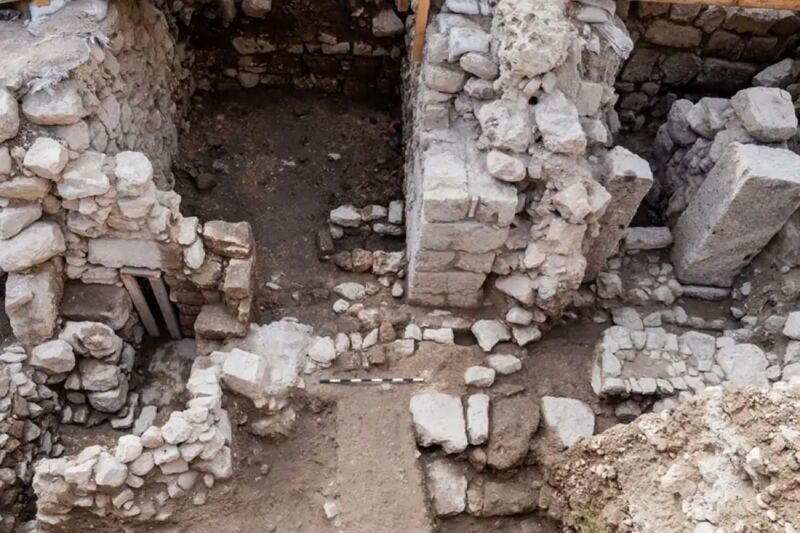
Enlarge (credit: Assaf Peretz/Israel Antiquities Authority)
There's rarely time to write about every cool science-y story that comes our way. So this year, we're once again running a special Twelve Days of Christmas series of posts, highlighting one science story that fell through the cracks in 2020, each day from December 25 through January 5. Today: Archaeologists relied on chemical clues and techniques like FTIR spectroscopy and archaeomagnetic analysis to reconstruct the burning of Jerusalem by Babylonian forces around 586 BCE.
Archaeologists have uncovered new evidence in support of Biblical accounts of the siege and burning of the city of Jerusalem by the Babylonians around 586 BCE, according to a September paper published in the Journal of Archaeological Science.
The Hebrew bible contains the only account of this momentous event, which included the destruction of Solomon's Temple. “The Babylonian chronicles from these years were not preserved,” co-author Nitsan Shalom of Tel Aviv University in Israel told New Scientist. According to the biblical account, “There was a violent and complete destruction, the whole city was burned and it stayed completely empty, like the descriptions you see in [the Book of] Lamentations about the city deserted and in complete misery.”